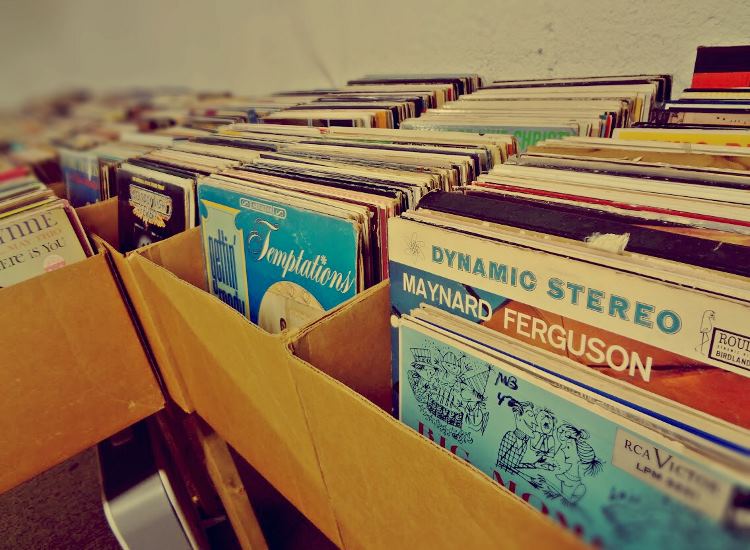I am not going to teach you the technical definition of what is vinyl record as I am not in the position of doing so. However knowing the difference among types and formats are essential for vinyl collecting.
What differentiates one vinyl record format from another is mainly on the size or diameter of the records as well as the speed at which the vinyl record is played back or its RPM (rotation per minute).
And obviously the size to co-relate to the RPM as the larger the size, it takes longer to go around a circle and it means a smaller rate or a smaller number of the RPM or slower to play one round.
So when we talk about vinyl records, it is common practice to combine certain playing speeds with certain sizes.
12-inch records, for example, are often associated with a play speed of 33 1/3 rotations per minute. 7-inch record, however, is referred to as 45s because it is most commonly played at a speed of 45 rotations per minute.
While it is routinely as a habit to pair speeds with sizes, it is not entirely correct to do so. There are 12-inch vinyl records that play at 45 RPM and there are 7-inch records that play at speeds that aren't offered on regular turntables.
Indeed, vinyl records come in a wide variety of different combinations of play speeds and sizes. Some formats, such as 45s and 33s, are still manufactured while others, such as 78s, have faded out of vinyl record history.
No worries though, and no need to feel intimidated. The casual vinyl record collector will only encounter two of these formats : 12" albums that play at 33 1/3 RPM (aka LPs) and 7" albums that play at 45 RPM (aka singles or EPs).

Comments
Post a Comment